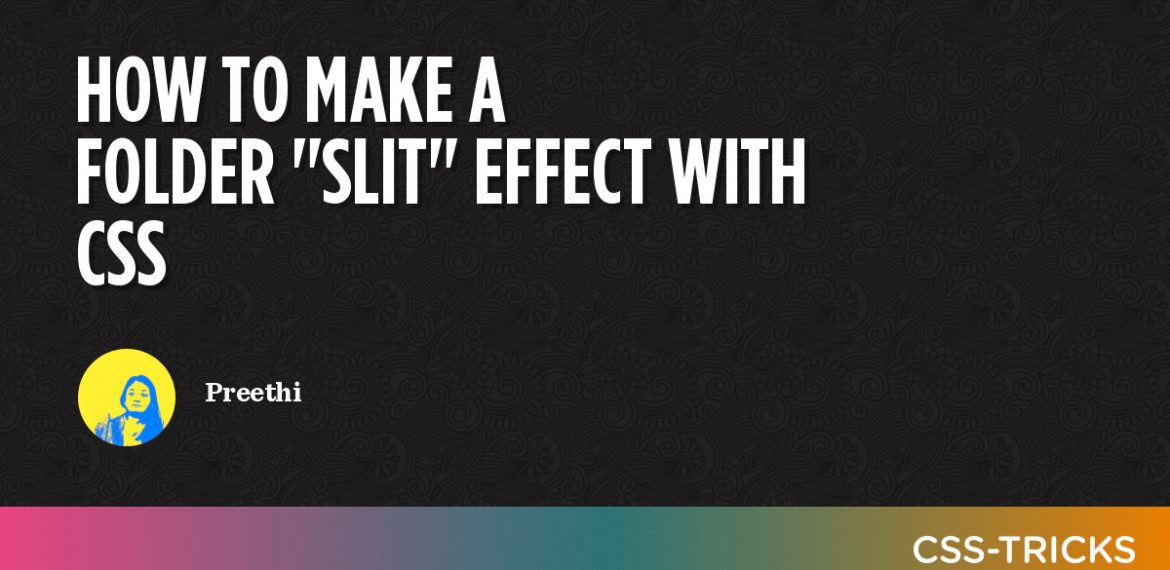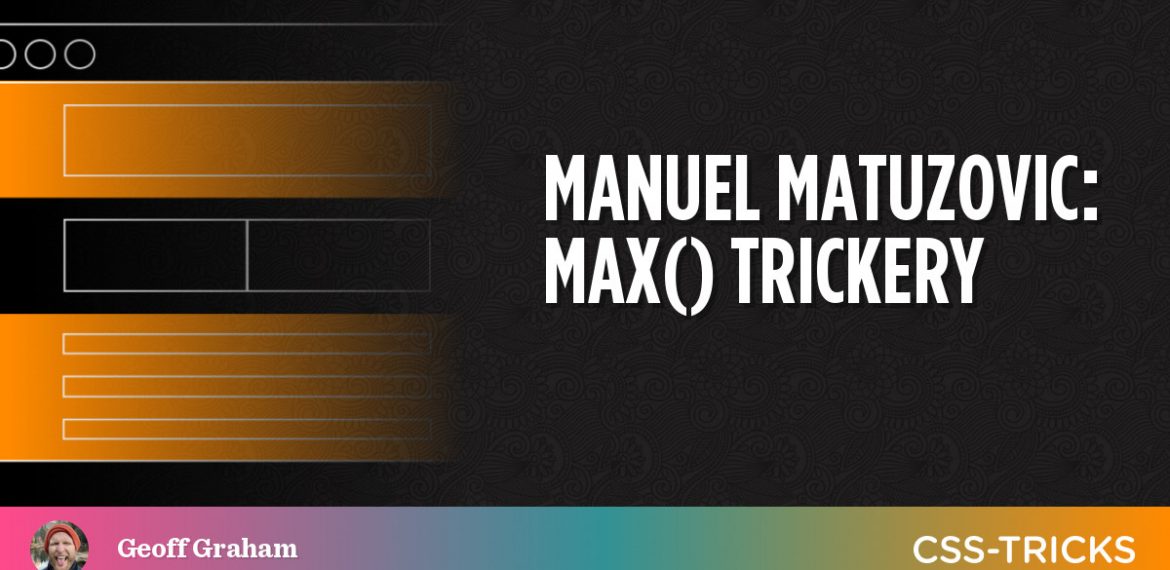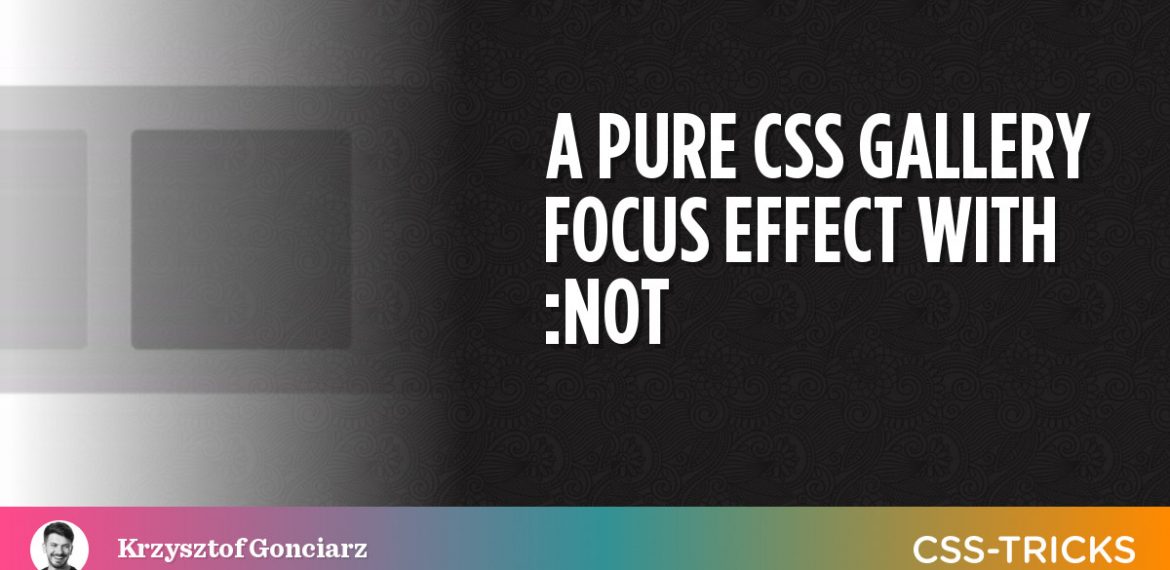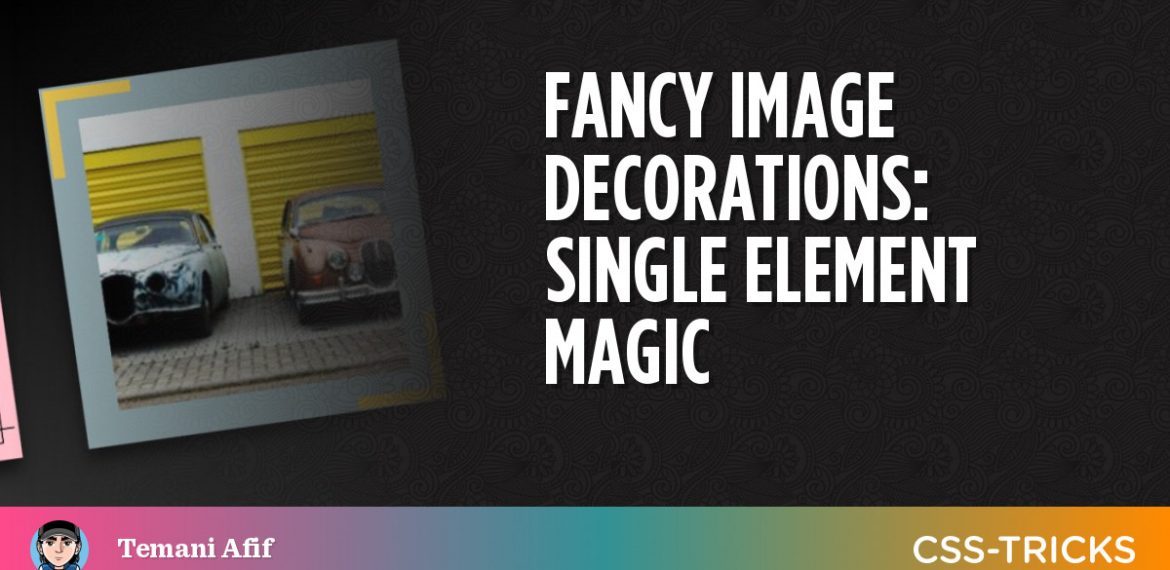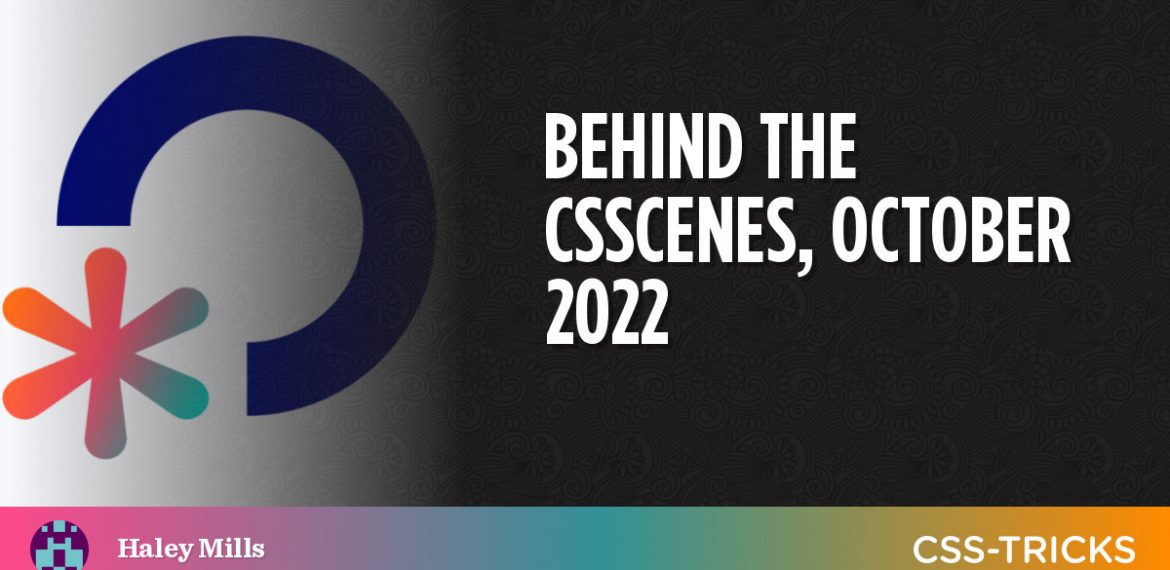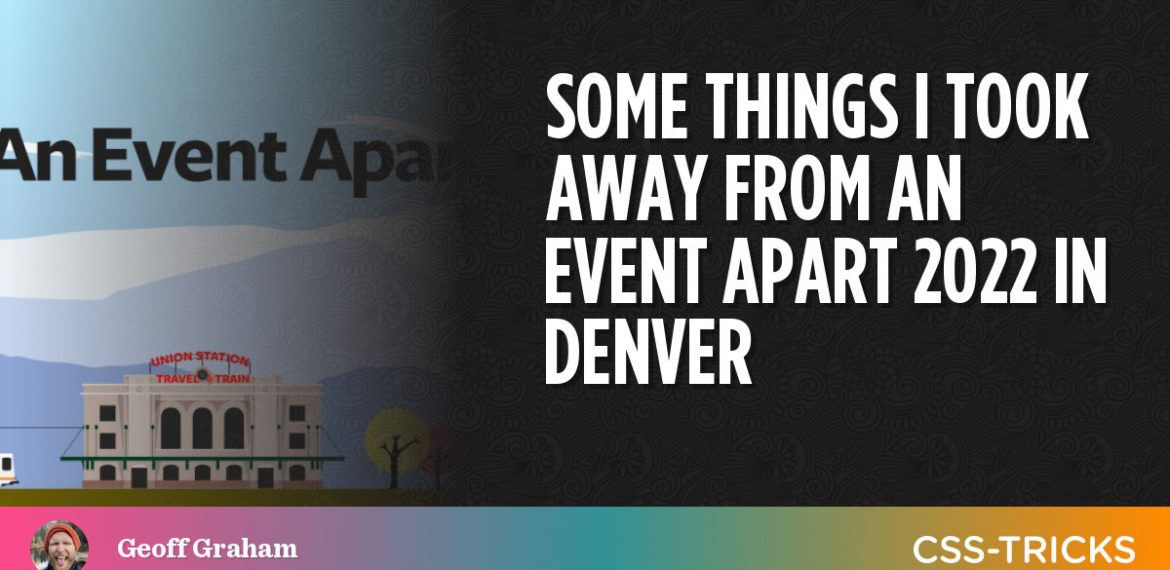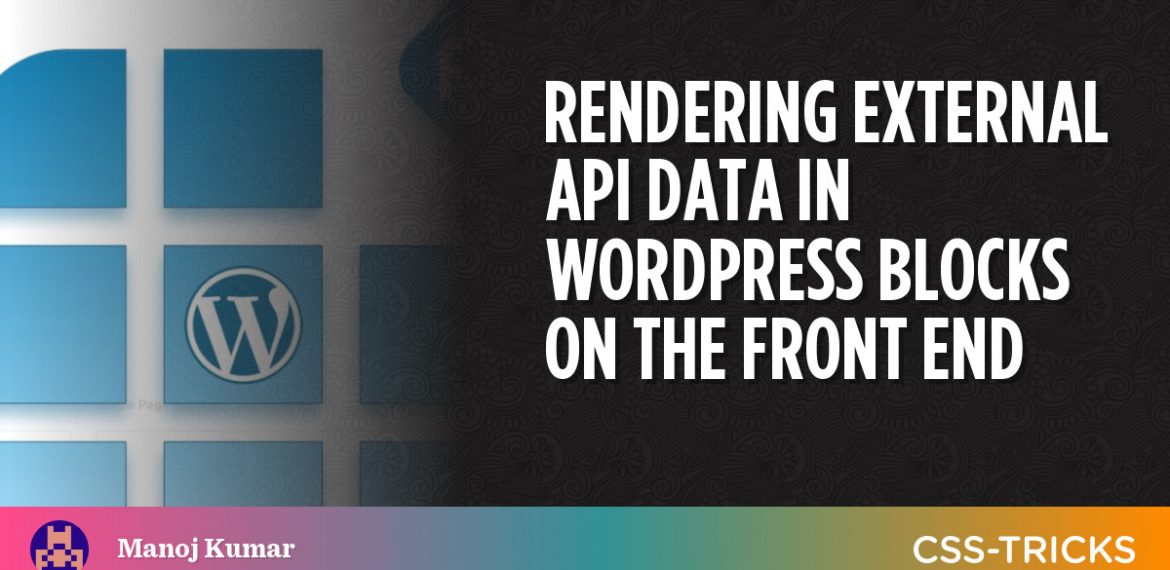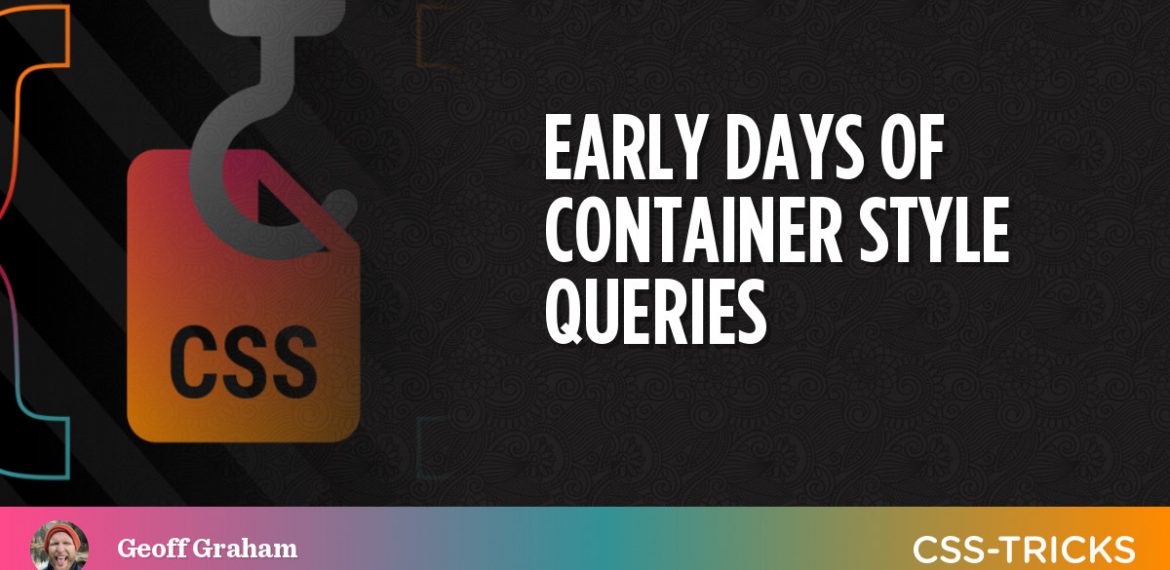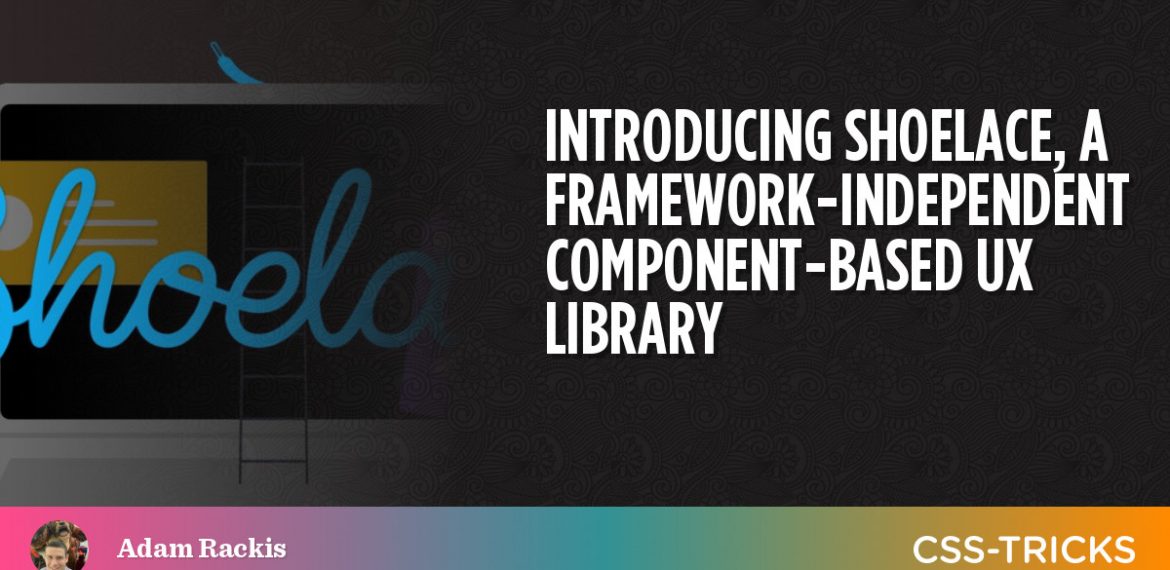How to Make a Folder “Slit” Effect With CSS | CSS-Tricks
[ad_1] When you put something — say a regular sheet of paper — in a manilla folder, a part of that thing might peek out of the folder a little bit. The same sort of thing with a wallet and credit cards. The cards poke out just a smidge so you can get a quick glance of which cards you’re carrying. Credit: Stephen Phillips on Unsplash I call this sort of thing a

